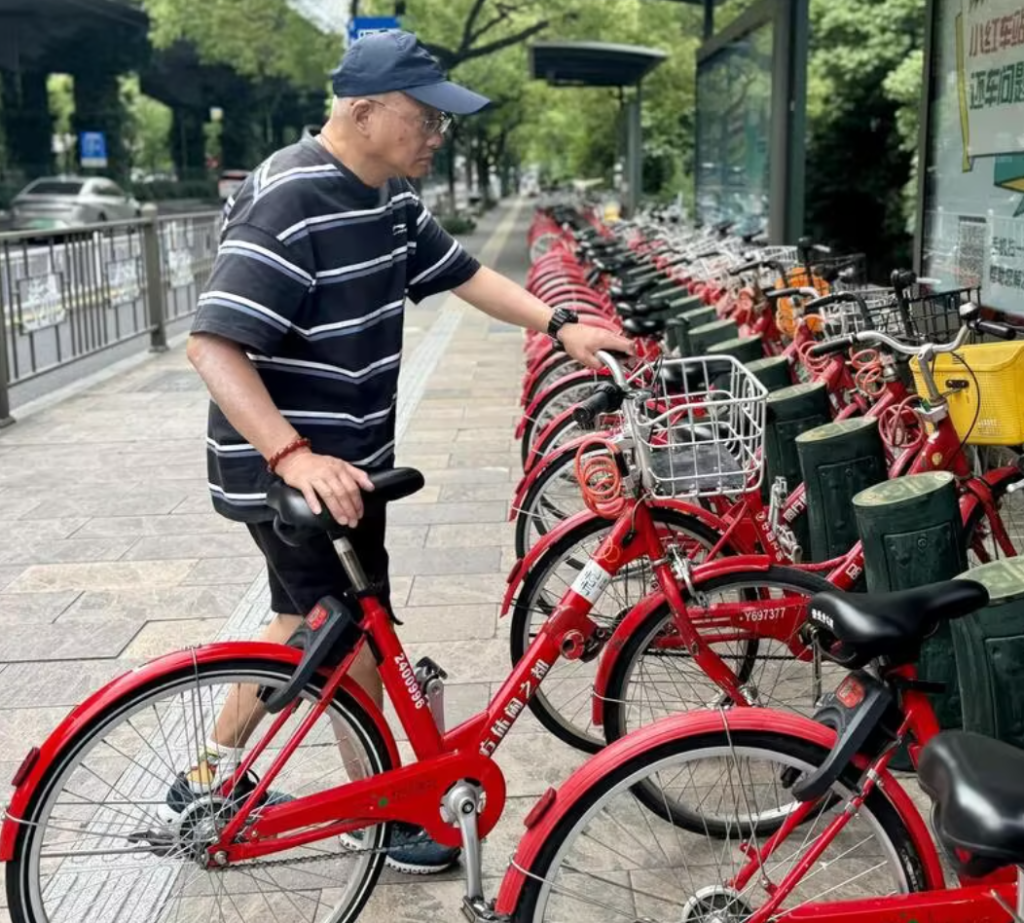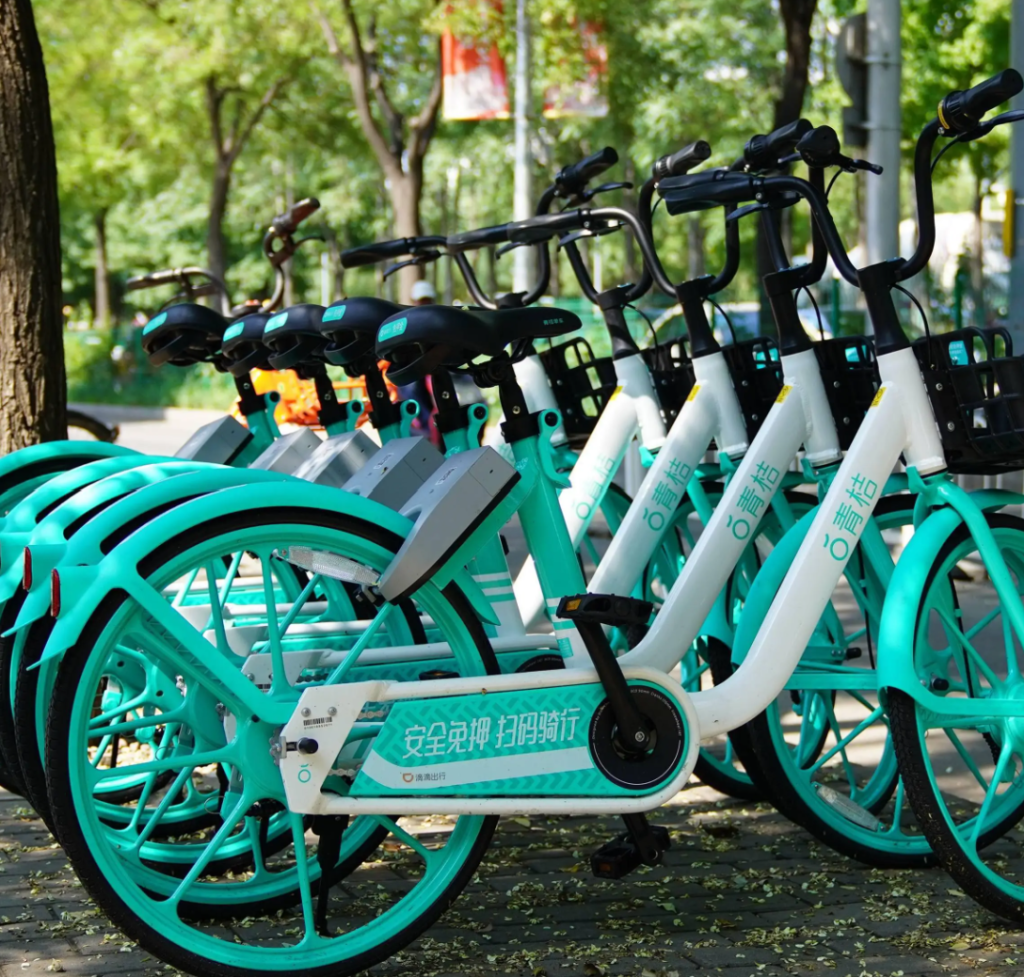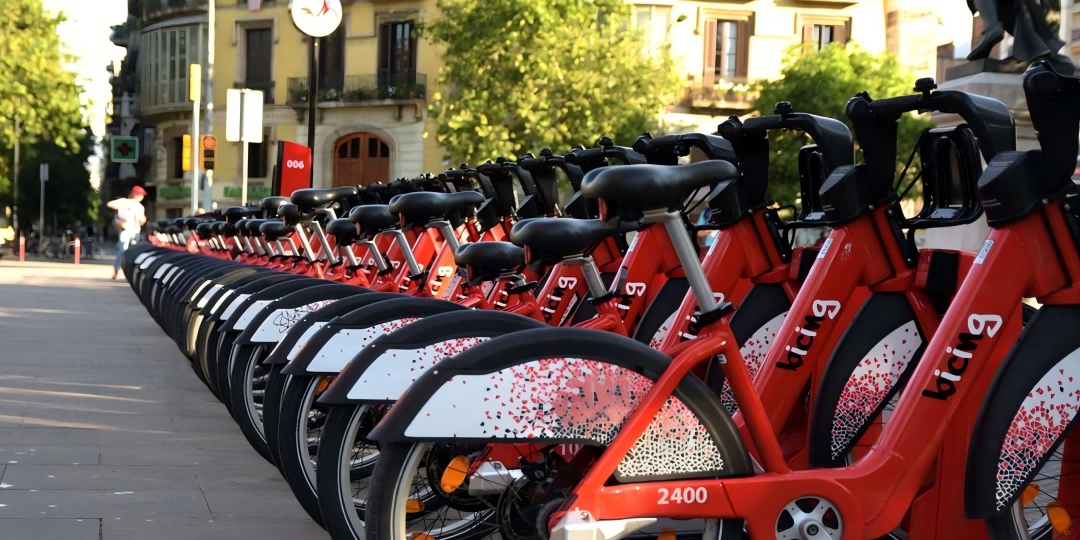Public Shared Bicycles come in two types. One is government-led public bicycles. The other is commercial company-led sharing bikes. The existence of Public Shared Bicycles shows many people still need such transportation to solve the “last mile” travel problem. They help ease urban traffic pressure. But after a period of unregulated growth, China’s Public Shared Bicycles market has entered a downturn.
Some readers might think public bicycles are the same as sharing bikes. But they are not. The most obvious difference is this. Sharing bikes are managed and operated by companies. Companies lead them. Public bicycles are deployed and managed by local governments. Governments lead them. Also, in parking form, public bicycles mostly use docked parking.


Sharing bikes in some cities are underutilized
Data from Shanghai and Hangzhou show this. During normal periods, Shanghai has about 846,000 daily active sharing bikes. Public bicycles peak at around 80,000 units. For daily average usage, sharing bikes record 1.8211 million trips. This is about 9 times the daily trips of public bicycles. The difference in multiples shows public bicycles have higher efficiency. Sharing bikes average 2.15 trips per vehicle per day. Hangzhou’s data is more telling. As a model city for Public Shared Bicycles systems, Hangzhou’s public bicycles maintain an annual average daily turnover rate of 3.7 to 5.1 trips/day. Its growth momentum is good. This proves public bicycles remain necessary.
Government-led public bicycles have specific advantages
In many cities, sharing bikes and public bicycles overlap in coverage. Sharing bikes far outnumber public bicycles. Docked parking affects the convenience of public bicycles. But sharing bikes are not perfect either. Management issues stand out. Examples include random parking and conflicts between bikes and motor vehicles for road space. After long development, sharing bikes are now household names. Public bicycles seem less popular. Yet public bicycles are never fully replaced. Reasons include:
1. They are part of the government’s effort to improve urban public transport. Local residents can use them for free. Sharing bikes cannot do this.
2. Low cost risk. The government covers all costs. No single company bears the burden. Financial risk is minimal. This is not true for sharing bikes.
3.Guaranteed management and maintenance. Docked parking effectively prevents random parking. Regular maintenance ensures public bicycle quality. Sharing bikes lack this.
4.Regulate the market. Through government control, the total number of sharing bikes and public bicycles avoids “oversupply” in most cases.
Voices from the market
SUMLON suggest returning the Public Shared Bicycles market to free competition. Let commercial companies lead its development. In urban transport systems, Public Shared Bicycles face a bottleneck as key tools for the “last mile.” Government-led public bicycle systems provide basic services. But they suffer slow updates and rigid management. Returning the market to free competition is advised. Commercial companies should lead. Free competition speeds up industry innovation. Companies fighting for market share will invest more in R&D. They will adopt smart locks, precise positioning, and big-data scheduling. Take sharing bike firms. Their innovations like app scanning and dockless parking transformed user experience. Convenience improved greatly. With an open market, companies will optimize vehicle design, maintenance, and service models. This pushes the industry toward smarter, greener development.
Commercial firms better match user needs with market sensitivity and operational efficiency. Under government-led models, public bicycle deployment and operations face budget and administrative limits. Dynamic demands get slow responses. Commercial firms use data analysis. They pinpoint high-demand areas. They flexibly adjust vehicle density and strategies. Commute peaks see timely bike redistribution. This solves the “bikes without docks or docks without bikes” conflict. Resource efficiency rises.
Some worry commercial dominance brings chaotic competition and harms public interest. But proper policy guidance and regulation can balance market vitality and public good. Governments can set entry standards, service norms, and safety rules. A “total control + dynamic assessment” mechanism avoids cutthroat competition. It also pushes companies to improve service quality.
Pushing the Public Shared Bicycles market toward free competition is inevitable. Commercial firms’ innovation drive and operational strengths, plus effective government oversight, will build a better service system. It will be more convenient, efficient, and sustainable. This injects strong momentum into urban green travel.




